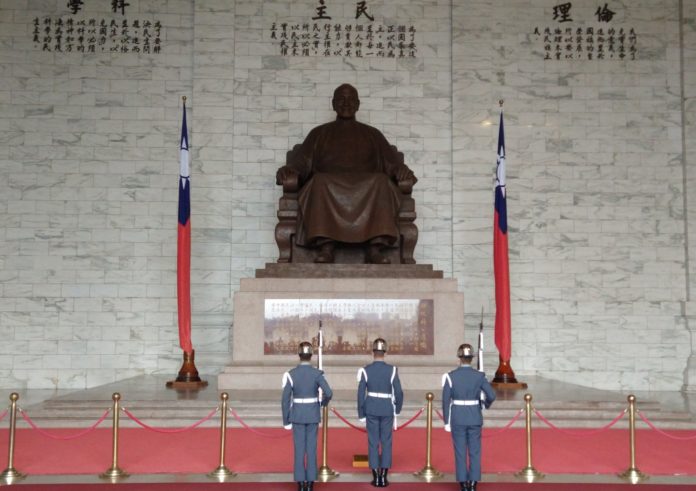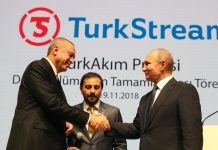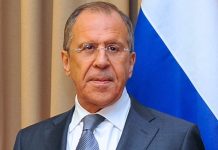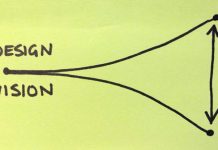
Berlin, Germany (Weltexpress). Taiwan’s “independence” means war. The leadership of the People’s Republic of China has repeatedly made this clear to both the US puppets in Taiwan and their puppeteers in Washington for decades. At the moment, however, they seem determined to play with fire.
The Taiwan issue concerns China’s sovereignty and territorial integrity and is at the centre of China’s core interests, leaving no room for compromise. This was also recognized by Washington for a long time and provocations were avoided. However, since President Obama’s geostrategic and military “US pivot to Asia” (turning away from Europe and focussing on Asia), anti-Chinese forces in the US power apparatus have once again begun to support secessionist circles in Taiwan and increasingly demand US arms supplies to Taiwan.
When the Trump administration took power in Washington in 2016, anti-Chinese provocations increased from year to year – a development that continued under President Biden and has taken on extremely dangerous dimensions with regard to the Taiwan issue. When observers today ask whether Washington is pursuing a “Ukrainisation” of Taiwan, then there are very real reasons for this.
Using Ukraine as a battering ram was intended to strategically weaken Russia and the trade and financial sanctions were intended to ruin the economy. In this case, the US/NATO/EU have failed across the board. It is therefore all the more astonishing that the anti-China strategists in Washington are pursuing the same ploy against the People’s Republic of China in a slightly modified form in order to weaken Beijing geopolitically and – based on a false sense of superiority – to provoke it militarily.
Unfortunately, the USA and its lapdog in London, in their aloofness, have still not understood that all attempts to use Taiwan to contain China are doomed to failure. Initial commentaries from China, for example the Global Times, which is close to the government in Beijing, warn all “external forces” playing with the Taiwan issue that China is not the country it was 100 years ago, and that the world of today is no longer the world it was 100 years ago. It should be clear to any serious observer that the determination of the Chinese government and people to achieve national reunification is unshakeable. Therefore, Beijing can be expected to respond firmly to any act of violation of the “one-China principle” or provocations by Chinese hostile forces in and around Taiwan every time.
95 per cent of the world’s countries represented in the UN, including the USA, have recognized the “One China Principle”, which has been the anchor for maintaining peace in the Taiwan Strait for the past 45 years. The principle states that there is only one Chinese state, with the capital in Beijing. In this state, however, there are two different economic and social systems, one on the mainland, which is governed from Beijing, and the other in the Chinese province of Taiwan, which is governed from the island capital of Taipei. In accordance with the “one-China principle”, a long-term, peaceful, economic and social rapprochement and integration within the framework of reunification was and is envisaged. Over several decades, a continuous rapprochement between Taiwan and mainland China has indeed taken place along the planned lines.
Taiwan’s new Prime Minister by US grace, Lai Ching-te, finally put an end to this in his inaugural speech in Taipei on 20 May. In it, he took a radical and uncompromisingly provocative stance towards Beijing. He spoke of two states and emphasized the independence of the supposedly sovereign Taiwan. At the same time, in his speech he attempted to “internationalize” the Taiwan issue and justify his secessionist ambitions under the guise of democracy, while at the same time calling for help from external actors (the USA and consorts).
With slogans about “building a democratic, peaceful and prosperous new Taiwan”, Lai Ching-te barely disguised a new version of the theory of “two Chinese states” that was extremely provocative for Beijing, thereby throwing the “one China principle” out of the window. The reaction in Beijing was correspondingly sharp.
Lai’s provocation poses a “significant threat to peace in the Taiwan Strait and in the world” and is “a serious challenge to the one-China principle and the current international order. Taiwan is an inalienable part of China, a fact universally recognized by the international community, and any attempts by secessionist forces to change this are unacceptable,” it said in the Global Times on 21 May.
Lai is desperately exaggerating Taiwan’s so-called international status and trying to “construct an internationally recognized image of a ‘sovereign state’ with democratic rhetoric.” This exacerbates tensions and instability in the Taiwan Strait and “poses a serious threat to regional stability and world peace,” the paper continues.
With statements such as “democratic Taiwan is a global beacon” and “Taiwan greets a new world, the world greets a new Taiwan”, Lai superficially cloaks himself in democratic values, but in reality he is seeking international support for “Taiwan’s independence”. This ambition risks sacrificing regional and even global peace and stability in order to fulfill his hidden political agenda of secession. Lai’s misguided words and actions will not only fail to bring Taiwan real security and prosperity, but could instead lead Taiwan into a dangerous situation and plunge the people of Taiwan into disaster, warns the Global Times.
On 23 May, these words were followed by the first actions. In response to Lai’s separatist statements, China began large-scale military exercises in the Taiwan Strait. According to a press release issued by the Chinese People’s Liberation Army (PLA) on Thursday morning, these are joint military exercises involving the army, navy, air force and missile troops in areas around Taiwan. The exercises are not only taking place in the strait that separates the island of Taiwan from the Chinese mainland, but also to the north, south and east of Taiwan. This can only be interpreted as an air and sea blockade exercise of the entire island and a warning to Lai.
At the same time, the waters around the islands of Kinmen, Matsu, Wuqiu and Dongyin off the coast of Taiwan are included in the exercise. These islets are located in the Taiwan Strait, directly off the south-eastern coast of the Chinese mainland. Only two kilometres separate the islands of Kinmen and Matsu, which Taipei has turned into fortresses against the People’s Republic of China with the help of the USA, from the Chinese mainland. Both islands were the scene of fierce artillery duels from the 1950s to the 1970s.
If the new Prime Minister Lai continues to insist on his secessionist course, Kinmen and Matsu could once again become the focus of the Taiwan crisis. However, these islands can no longer be defended against a serious attack from the mainland, even with American help.
In an editorial on 22 May, the Global Times warned against further provocations and emphasised three points“The more radical the provocations by Lai and his government become, the sooner they will bring about their end. The greater the provocation, the stronger the countermeasure. If they continue to act recklessly, it will only accelerate their self-destruction. Taiwan’s ‘independence‘ will eventually lead to reunification.
Secondly, the mainland’s countermeasures will not just remain verbal. Our ‚toolbox‘ will become better and better equipped, our ability to take substantial countermeasures will become stronger and stronger, and our measures will become more and more precise and effective. Moreover, these countermeasures will be carried out in the manner and at the pace we determine, so that the results of our countermeasures will further consolidate and strengthen the mainland’s control and initiative over the situation in the Taiwan Strait.
Thirdly, the Taiwan issue concerns China’s sovereignty and territorial integrity and is at the centre of China’s core interests, leaving no room for compromise. External forces (the US and others) must understand that attempts to use Taiwan to contain China are doomed to failure. … External forces should not fan the flames. … Any violation or provocation by forces hostile to China, China will strike back decisively, every time. The China of today is not the China of 100 years ago, and the world of today is not the world of 100 years ago. The determination of the Chinese government and the Chinese people to achieve national reunification is unshakable.”
The latest data from the US Treasury Department shows that China has sold off a record amount of US dollar assets, highlighting the country’s move away from dollar investments. Beijing divested US Treasuries and agency bonds totaling USD 53.3 billion in the first three months of the year. At the same time, it increased its purchases of gold and other commodities, as the data shows. This is another shot across the bow of the Americans by Beijing. At the beginning of April this year, US Treasury Secretary Yellen visited Beijing and begged the leadership there to continue investing its foreign exchange surpluses in dollars so as not to jeopardize the stability of the ‘tried and tested’ system of the US dollar as the world’s reserve currency. After all, China also benefits from this system.
The latest data from the US Treasury Department suggests that people in Beijing think differently.

















